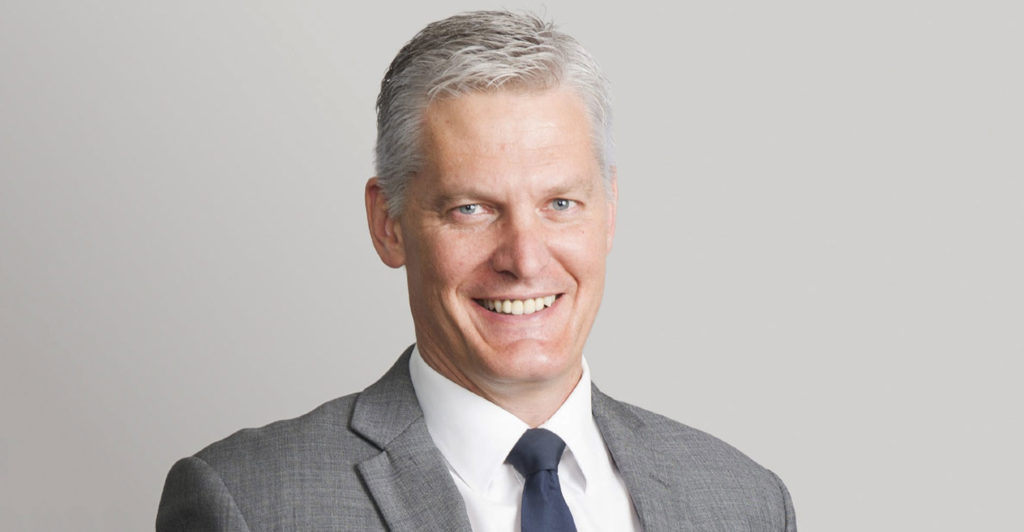 South Africa’s deepening energy crisis looks set to persist for at least two more years, with operational problems at the monolithic state power utility showing no signs of abating and plans to add new generation capacity ensnared in legal wrangling and red tape.
South Africa’s deepening energy crisis looks set to persist for at least two more years, with operational problems at the monolithic state power utility showing no signs of abating and plans to add new generation capacity ensnared in legal wrangling and red tape.
The meltdown at Eskom is a legacy of chronic mismanagement and rampant corruption during former President Jacob Zuma’s tenure, along with a failure to adequately maintain plants and invest in new ones. André de Ruyter, who took over as CEO in January 2020, has fallen short on a pledge to ease rolling blackouts, with the rot permeating far deeper than he initially anticipated.
Record outages this year have undermined efforts to revive the coronavirus-battered economy and President Cyril Ramaphosa has said they partly contributed to the ANC’s worst-ever electoral showing in this month’s municipal vote.
“We’re not seeing the results that we expected” from Eskom, Fanele Mondi, CEO of the Energy Intensive Users Group, whose members including Anglo American and Glencore account for about 40% of the nation’s electricity consumption, said in an interview. He warned that the country faces “some serious challenges” on power supply over the next few years.
Eskom’s biggest union and some business groups have called for De Ruyter to take the fall and quit, or be fired. He counters that the problems at the utility — whose CEOs have on average lasted a year over the past decade — pre-date his tenure and more government help is needed to improve its performance.
The extent of Eskom’s woes are evident at its Tutuka power station, which was built in the 1980s to generate about 3.6GW but is currently only capable of producing about a third of that.
Malfunctioned
When Sello Mametja arrived at the plant to take up the post of GM earlier this year, he discovered ground-floor staircases were knee-deep in ash and inaccessible. His predecessor ordered the waste to be dumped there — a shortcut to keep the units running and meet his short-term metrics. Yet more ash was discarded in what was supposed to be a water reservoir at the site about 160km south-east of Johannesburg, trapping an earth excavator and blocking drains when it hardened.
Several officials at the plant have been suspended and investigations into their conduct are ongoing. A supplier and two Eskom employees were arrested earlier this month and charged with theft, fraud and corruption related to the disappearance of parts worth hundreds of millions of rand.
Eskom’s other coal-fired power stations, including the newly built Kusile and Medupi plants, have also repeatedly malfunctioned, with maintenance at some sites compromised by uncertainty over funding. A unit at its Koeberg nuclear plant had to be taken off line last year after one of its seawater pumps was clogged by jellyfish.

While fraud, theft and misspending has been reduced, it’s far from eliminated, according to De Ruyter. He also alleges that the company is being targeted by saboteurs opposed to efforts by management to turn it around. Some transmission-tower supports were deliberately severed, he told reporters last week, presenting pictures of the damage as evidence.
Eskom intends accelerating the closing of some of its oldest plants to reduce emissions and switch to producing more green energy with the aid of an US$8.5-billion funding offer made by wealthy nations at this month’s Cop26 climate summit in Scotland. Concessional loans and grants will, however, be dispensed over three to five years and the terms have yet to be finalised.
The government is also trying to get private investors and companies to build new plants to plug a generation gap that De Ruyter estimates may be as much as 6GW. It aimed to fill about a third of the shortfall with an emergency procurement programme to bring new capacity online within 18 months, but that’s been delayed by a legal dispute.
Eskom intends accelerating the closing of some of its oldest plants to reduce emissions and switch to producing more green energy
Bidders have been separately selected to supply another 2.6GW of renewable power to the grid and they’re expected to secure financing early next year and finish their projects within 24 months. Rules have also been relaxed to enable companies to generate their own power — they no longer require licences to build plants producing as much as 100MW — but those will also take time to complete.
The Minerals Council of South Africa, which represents the country’s biggest mining companies, said its members are at various stages of planning and building plants that could generate 3.9GW of renewable energy.
Obstacles include truncated environmental impact assessments and uncertainty over the use of Eskom’s transmission lines, the council said. — (c) 2021 Bloomberg LP




